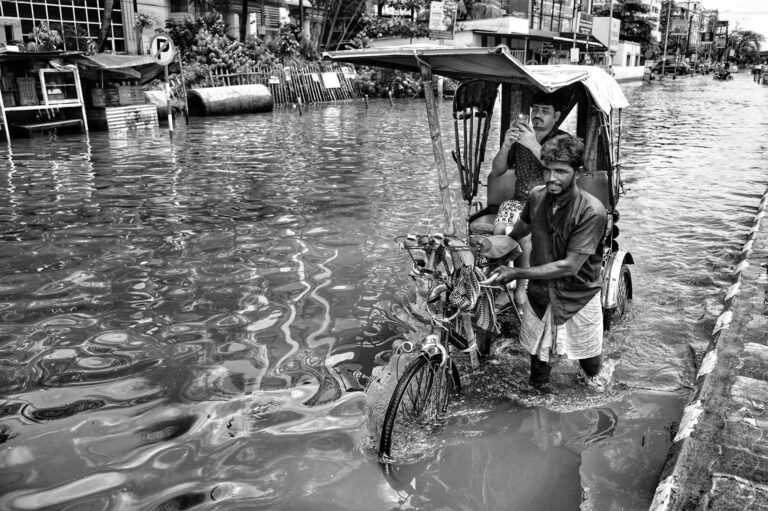Japan’s Big Tourist Price Dilemma: What You Need to Know
So Japan absolutely smashed its tourism records this year—we’re talking millions of visitors flooding in for the temples, the tech, and those picture-perfect landscapes. But here’s the thing: all those Instagram snaps come at a cost. Local trains are packed, quiet shrines feel more like concert venues, and let’s not even talk about the trash situation. Now the government’s floating this “two-tier” pricing idea where tourists pay more than locals. Smart move or total disaster? Let’s break it down.
Wait—They Want to Charge Tourists More?
Yeah, exactly. It’s not some wild new concept—Thailand’s been doing it for years at national parks, Bali does it at temples—but for Japan? That’s new. Imagine paying double just to enter Kiyomizu-dera Temple or ride the Tokyo Metro. Officials say it’ll help with overcrowding and maintenance costs, but some folks are side-eyeing the whole idea. Like, is it fair that two people standing in the same subway car pay different fares just because one’s holding a passport?
And here’s where it gets messy: enforcement. Are they gonna check IDs at every udon shop? What about mixed families? Nobody’s got those answers yet.
Where You’ll Probably Feel the Pinch
The Big Tourist Spots
Places like the Skytree or Hiroshima Peace Park will likely be first. Kyoto’s temples especially—they’ve been begging for relief from the selfie-stick crowds. Honestly? I went last spring and couldn’t even see the famous wooden stage at Kiyomizu-dera through the sea of people.
Getting Around
This one hurts. The JR Rail Pass—that golden ticket for foreign travelers—might get way pricier. Local buses too. My cousin visited last month and said Kyoto’s buses already feel like rush hour 24/7. If they hike fares? Oof.
Food and Little Things
Some restaurants in Asakusa and Gion are already testing “foreigner menus” with higher prices. Not everywhere, but enough to notice. Pro tip: if you see two price lists, ask if they have a Japanese menu. Sometimes it works.
Why Japan’s Doing This Now
Simple math: 40 million visitors in 2024 versus a population that’s shrinking. The infrastructure wasn’t built for this. But here’s what most articles miss—it’s not just about money. There’s real cultural friction happening. Last month in Kyoto, some locals started a petition because tourists kept blocking narrow streets with suitcases. Can’t blame them for wanting solutions.
How This Messes With Your Travel Plans
Your Wallet’s Gonna Cry
Ballpark? Add 20-30% to your budget if this rolls out everywhere. That ¥500 temple becomes ¥1,500 real quick. And forget about cheap metro hops—those ¥180 fares could double. Makes those regional rail passes look way more attractive.
The Hassle Factor
Imagine showing your passport to buy a train ticket. Or worse—getting turned away because some tiny museum only takes Japanese ID. My advice? Download the Japan Travel app NOW and get comfortable with Google Lens translations.
The Awkwardness
Nobody wants to feel like a walking ATM. But look—many locals actually support this. After seeing their neighborhood sushi joint turn into a TikTok hotspot with 2-hour lines? Yeah, they’re over it. The trick is balancing respect with not feeling nickel-and-dimed.
Other Tricks Japan’s Trying
It’s not all about prices. They’re testing timed entry at Fushimi Inari (thank god) and pushing hard for visitors to explore places like Tohoku. Smart play—those rural areas need the economic boost way more than Tokyo does.
How to Not Get Screwed
- Book early: Some attractions might grandfather old pricing if you reserve ahead.
- Go local: Family-run places often don’t do tiered pricing. Plus, better food.
- Weekday warrior: Hit major spots on Tuesday mornings, not weekends.
- Carry cash: Some smaller places might not take foreign cards if prices differ.
The Bottom Line
Look, Japan’s not trying to scam tourists—they’re just drowning in their own success. Is two-tier pricing perfect? Hell no. But until someone invents a way to clone Mount Fuji or build bullet trains that materialize out of thin air, it’s one of the few tools they’ve got. My take? Budget extra, ventue beyond the golden route, and maybe—just maybe—we can keep Japan amazing for everyone.
(Side note: If you see a “locals only” line at a ramen joint? Take the hint and find another spot. Trust me on this one.)
Source: NY Post – World News











